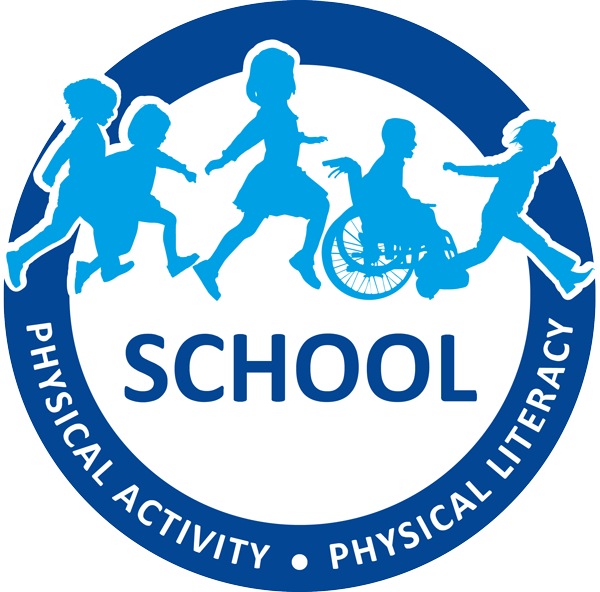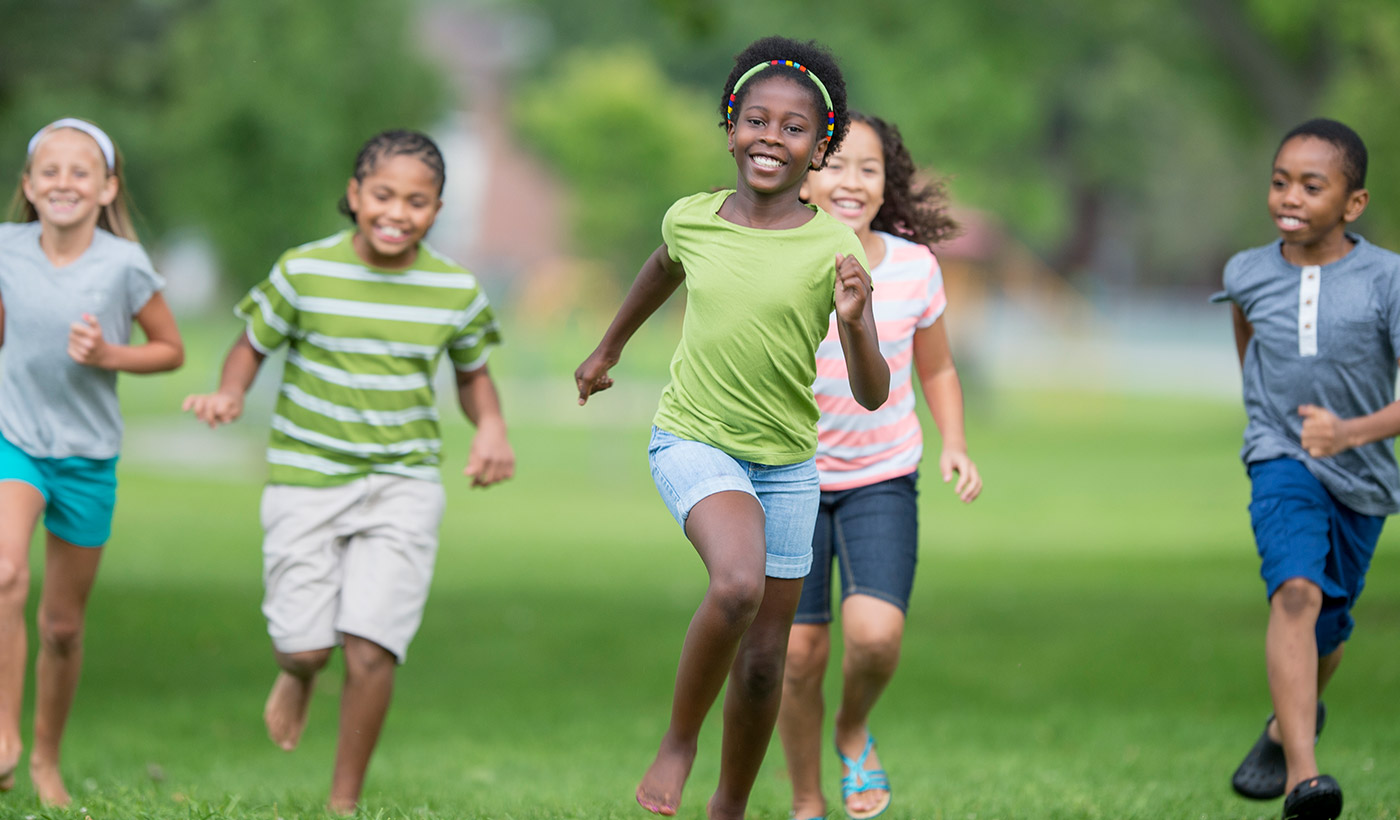Children spend more time at school than anywhere else, so if we want students to gain a lifelong love for physical activity, it’s crucial to start in the classroom. The skills that they develop as part of the B.C. curriculum will become the foundation for becoming active for life, and having the motivation and competence necessary to develop their physical literacy over the long term.
Here are some key strategies to ignite their passion for movement:
#1. Create activities based on their interests
Fun is a key part of any physical activity at school, and kids love to play games based on characters and stories they already know. That’s why it’s a great idea to base the games on things that are popular, such as Harry Potter, Paw Patrol, or Minecraft.
When introducing a new sport of physical activity to students, make sure they’re enjoying it rather than just going through the motions. Introduce friendly competition, and give them goals to achieve that will give them a sense of satisfaction. If something seems like it’s too challenging, or there’s a risk of strain or injury, simply adjust the activity to suit their needs. Make sure to encourage the students, congratulating them on individual achievements, and liven things up with team cheers, colourful equipment and maybe even music.
Teachers can even consider jumping in to participate!
#2. Build their community
Once a student knows how to do something, and seems to be really enjoying it, support them in finding opportunities to continue doing the activity outside of school.
This could mean introducing them to a sports team, connecting them with a recreation facility, or encouraging them to join a club. Doing research on what your community has to offer will help you find the opportunities your students need to keep going with their physical literacy development. Teachers can also inquire about partnerships or field trips that the students could participate in to learn more and get introduced to new environments that will benefit their physical development journey.
#3. Take small steps
Sometimes goal-setting can be daunting, and can leave the student discouraged.
When you’re encouraging your students to engage in a physical activity, try to give them simple and easy to achieve tasks that will give them a sense of growth and accomplishment. For instance, a teacher could set a goal of completing five laps of the track to meet the student where they’re at if they know the student has already completed four in the past, or gradually throwing a football farther and farther as they gain confidence. Teachers should avoid any activities that strain or overwhelm the student, as this could lead to injury and them losing interest. By giving them small and achievable goals, teachers can boost the confidence of their students and set them on the track to success.
To learn more, check out our Lasting Impacts resources. To organize your curriculum offerings, check out PLAYBuilder.

